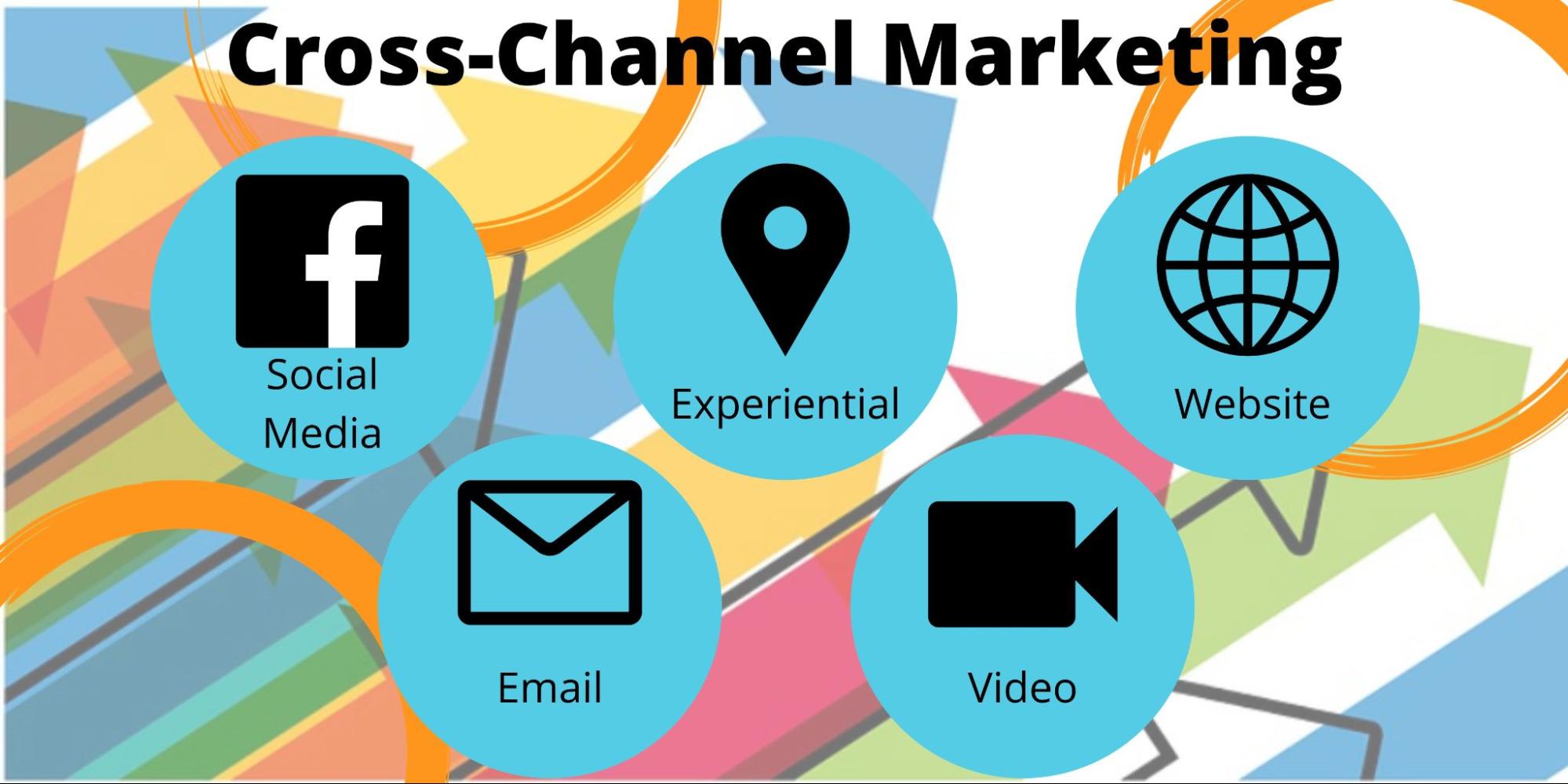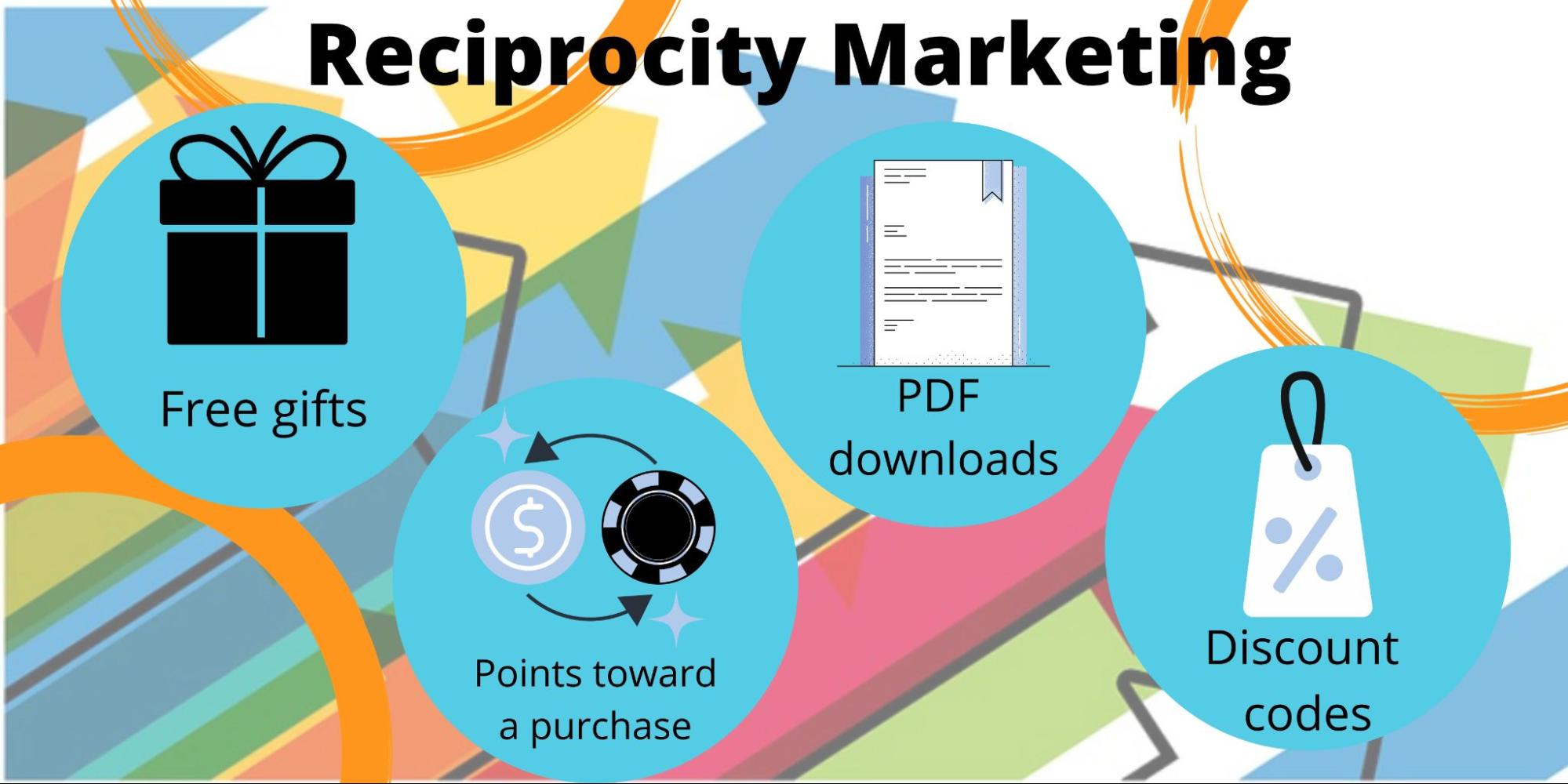Facebook Advertising
The Facebook algorithm is a powerful tool, allowing for total optimization of your target audience via social media ads. You can define your own parameters for targeting, such as age, gender, and location, or allow the tool to create a lookalike audience of platform users who match your current user base.
Once you’ve set your audience, it’s time to start A/B testing. Try out as many variants of each ad as you can, and use Facebook’s built-in analytics tool to see which iteration captures users’ attention the most.
Google Ads
The ubiquitous search engine gives entrepreneurs greater control over their SEO presence, allowing them to bid on search terms that are relevant to your startup business.
Make sure you take the rise of voice search into account while bidding – while keyboard users might search “PBX system”, you may also want to bid on more long-form voice search terms such as “What kind of phone systems are available for small businesses?”
Bidding on and maintaining search term rankings can get complicated, so make sure you track your google ads data with a designated tool.
Google also makes it possible to purchase banner ads via its extensive display network. These are likely to appear at the top, bottom, and side of websites within the network. Again, you can bid to have your ads appear more regularly on websites related to specified keywords, or even specify which websites your ads should appear on.
LinkedIn Advertising
LinkedIn is an ideal place for startup companies to post ads – particularly those designed to drive B2B sales, talent acquisition, or networking. The platform allows users to target ads by job and sector, ensuring that you’re getting to the heart of the right industries with your product.
However, if your business is more targeted toward consumer sales, LinkedIn might provide too-narrow parameters to attract the same numbers of quality traffic that Facebook and Google can.
Takeaways
Business growth is a challenge for organizations of all sizes – though it’s never more important than in those startup years. When small businesses find themselves competing against established companies, they have to get smart.
By tapping into multimedia, referral marketing, influencers, and valuable partnerships, startups will find themselves circumnavigating blockers on the mainstream path to success, and attracting customers in astonishing numbers.
Growth hacking strategies open new doors for smaller companies, harnessing the changeability of online audiences to create buzz and drive acquisition. While no single strategy can drive success on its own, a cleverly mastered marketing campaign can utilize multiple growth hacks to a powerful effect.
























